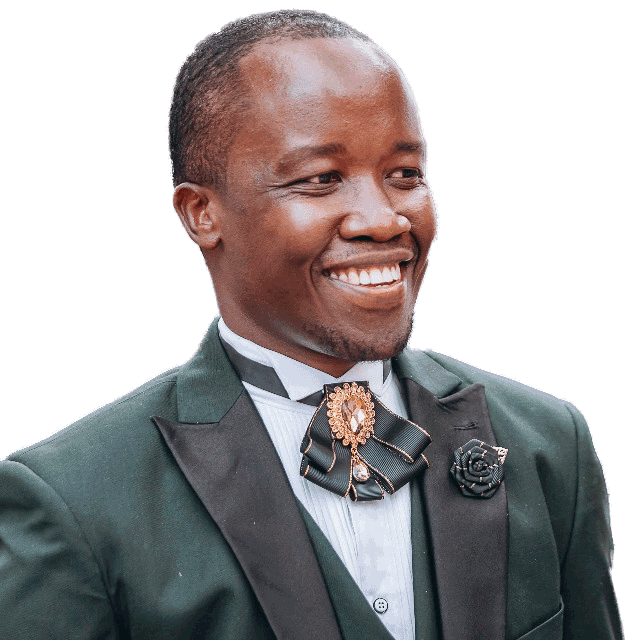Until 2017, I had only one official shirt. A blue shirt that I was gifted in 2008, as a token of appreciation for serving as a class prefect at Kitondo School. I used it until it was too torn to be used anywhere. It was my Sunday best. Not that I couldn’t afford new shirts and trousers. As it was with this shirt, so it was with many other aspects of my life.
I had long ago decided to save money by using shorts cuts and by using whatever I have until it was beyond recognition. Even when I have had enough to buy whatever clothing or food I wanted, I still remained frugal, especially to myself.
It has taken friends to disrupt this behaviour.
To make any headway with this, I first had to look backwards.
I have mostly lived in handouts while growing up. With no disposable income whatsoever and only depended on our small piece of farm and well-wishers. To put matters into perspective, I even never had full primary school uniform. Never had shoes in primary school. I will just leave out many other nasty details lest I elicit pity from you. To be honest, I felt poor, and thus clear parameters around spending and clear taboos around money kept things from falling apart.
Our extreme frugality served a critical purpose at the time: It was important to my wellbeing.
But now flash forward 20+ years. Optimizing for frugality is an old firmware that’s been running in my head-unquestioned-for years. It became a default mode during formative years, and it got grandfathered into my current life, where it simply doesn’t apply in the same way.
There is a time and place for frugality. There are situations where survival-level spending habits are the smartest habits.
There are also times for asking, “If I spend this shilling, where is the highest-leverage place to spend it?” Instead of simply, “How can I avoid spending this shilling?”
It has taken me years to move from scarcity-based decision making to outcome-based decision making. Not to spend more, necessarily, but to better answer the questions of “Where should I invest more and where should I invest less?” and Where does it make a meaningful difference?”
Breaking childhood beliefs and habits is a tough process but a worthwhile one. Some questions have helped and still help along the way:
Where can I spend more money to create frequent moments of joy, and where can I spend money to save time?
Where am I still choosing the lowest-cost or low-cost option without thinking about the downsides?
